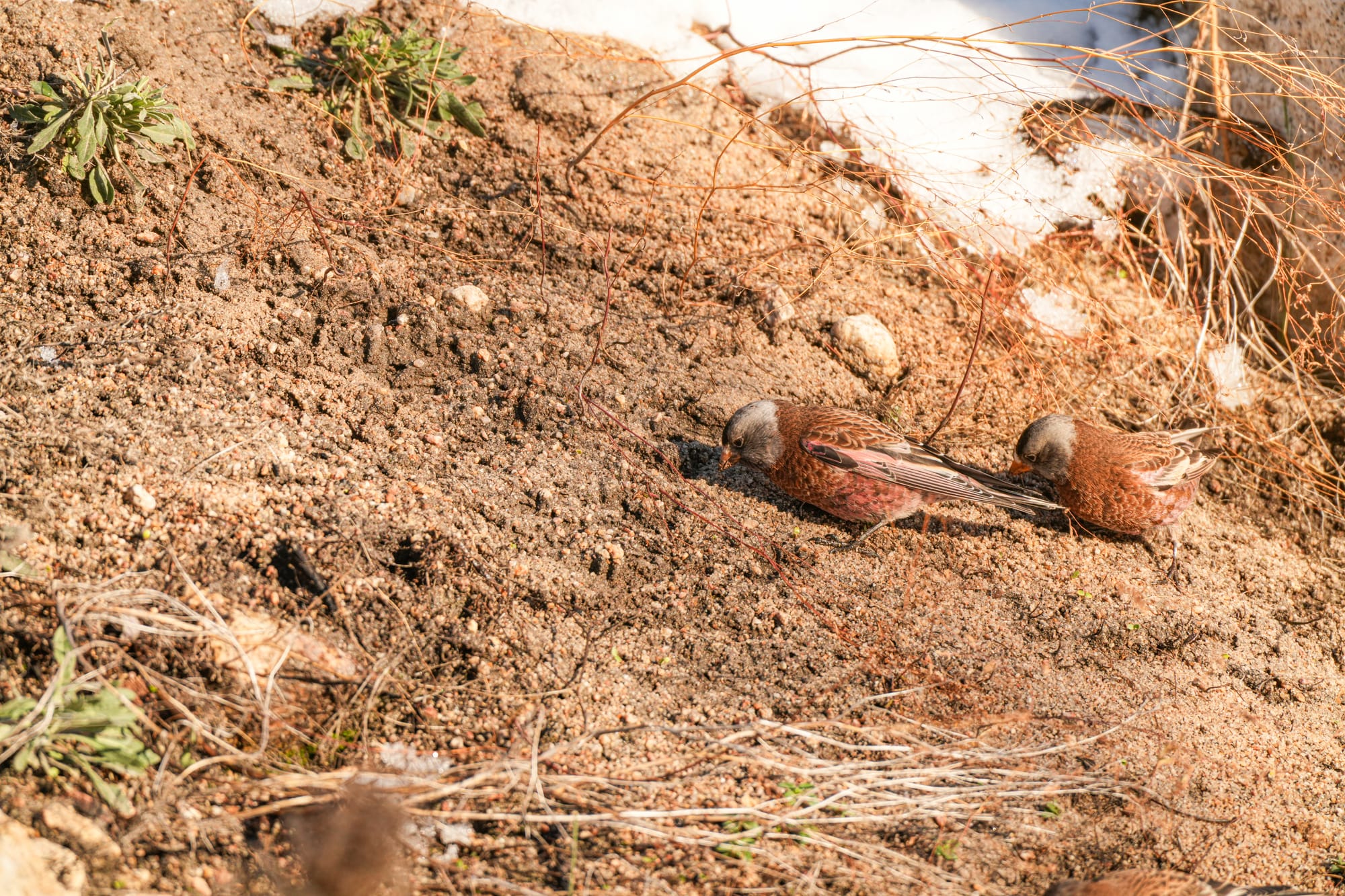November 3-9, 2024
Snow sprinkling on the edge of cold
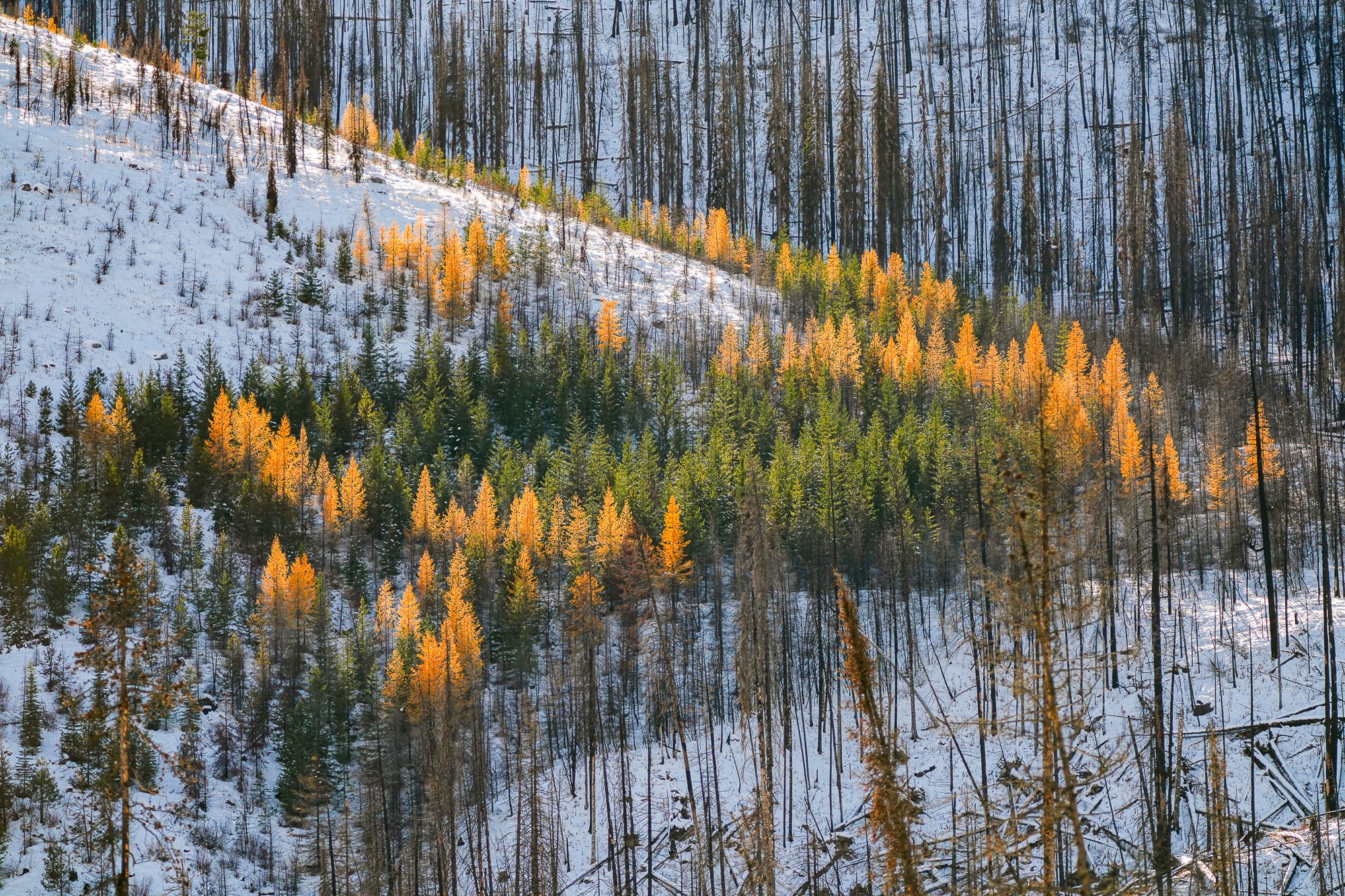
After a brief hiccup of fresh snow early in the week, we settled into a typical late fall-early winter pattern of mixed skies with snow lingering at higher elevations.

Week in Review
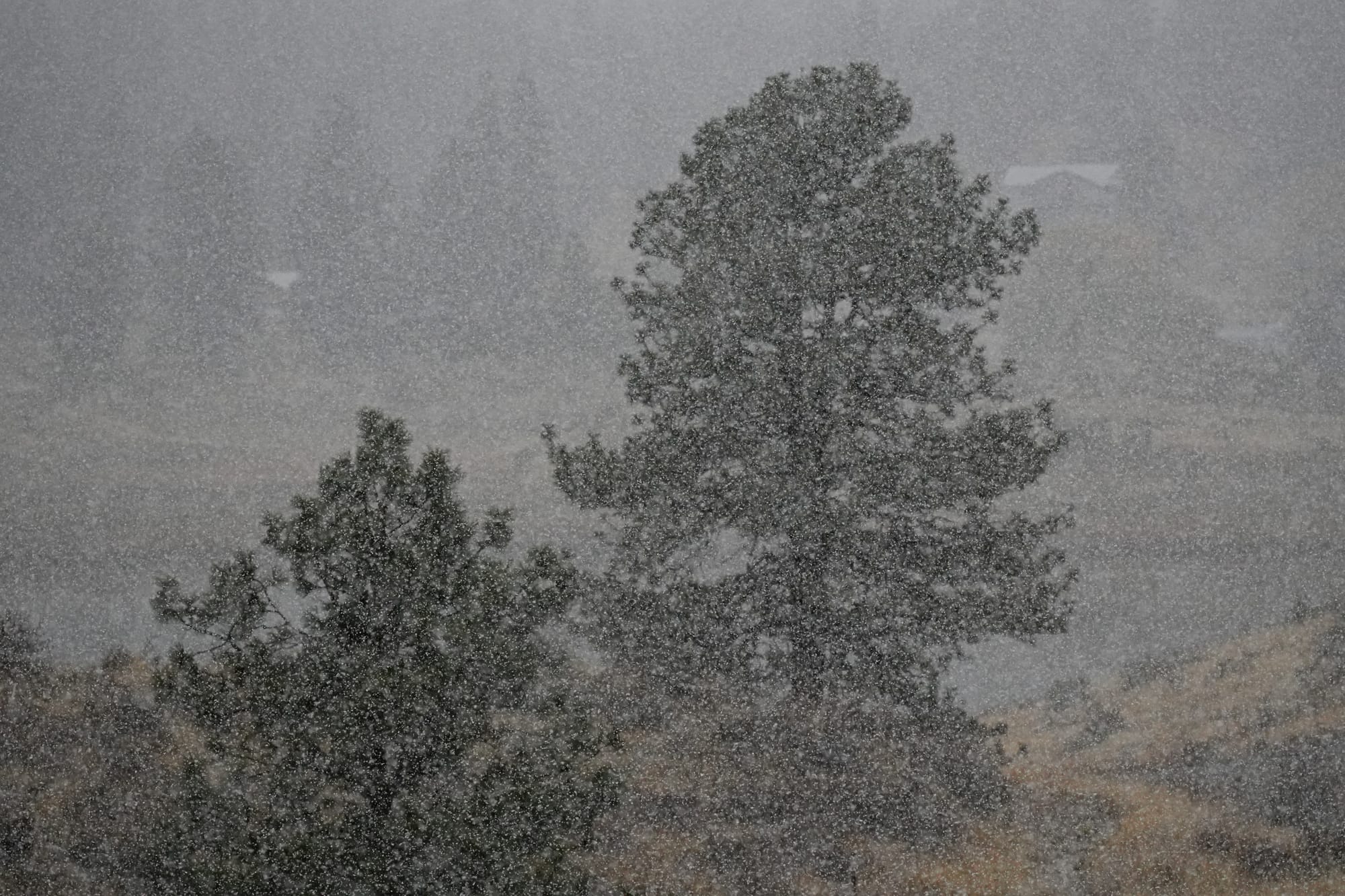
Much of the valley floor and surrounding hills were dusted with snow on November 4, which briefly added a note of eagerly awaited white to the landscape, though it melted as the day progressed. At higher elevations, however, a fair amount of snow is still holding on, leading the way into winter.
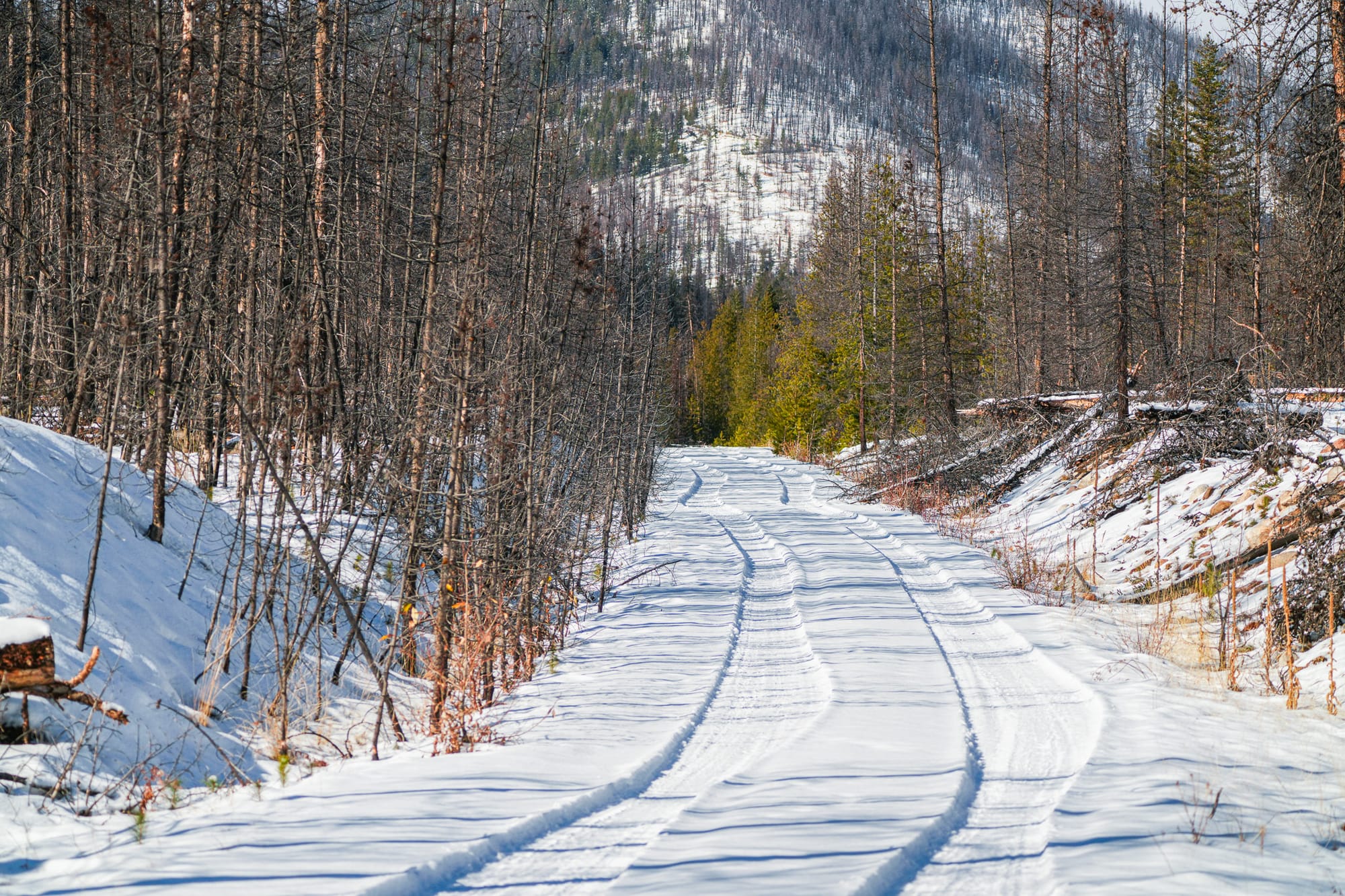
In a way, this short interlude at the leading edge of winter is fascinating. You can still find pockets of fall colors, or you might even spot a critter left over from summer. For example, I was astonished to find a late grasshopper still very much alive this week, and on the Facebook group there have been reports of bats flying around and a rattlesnake soaking up some sun.
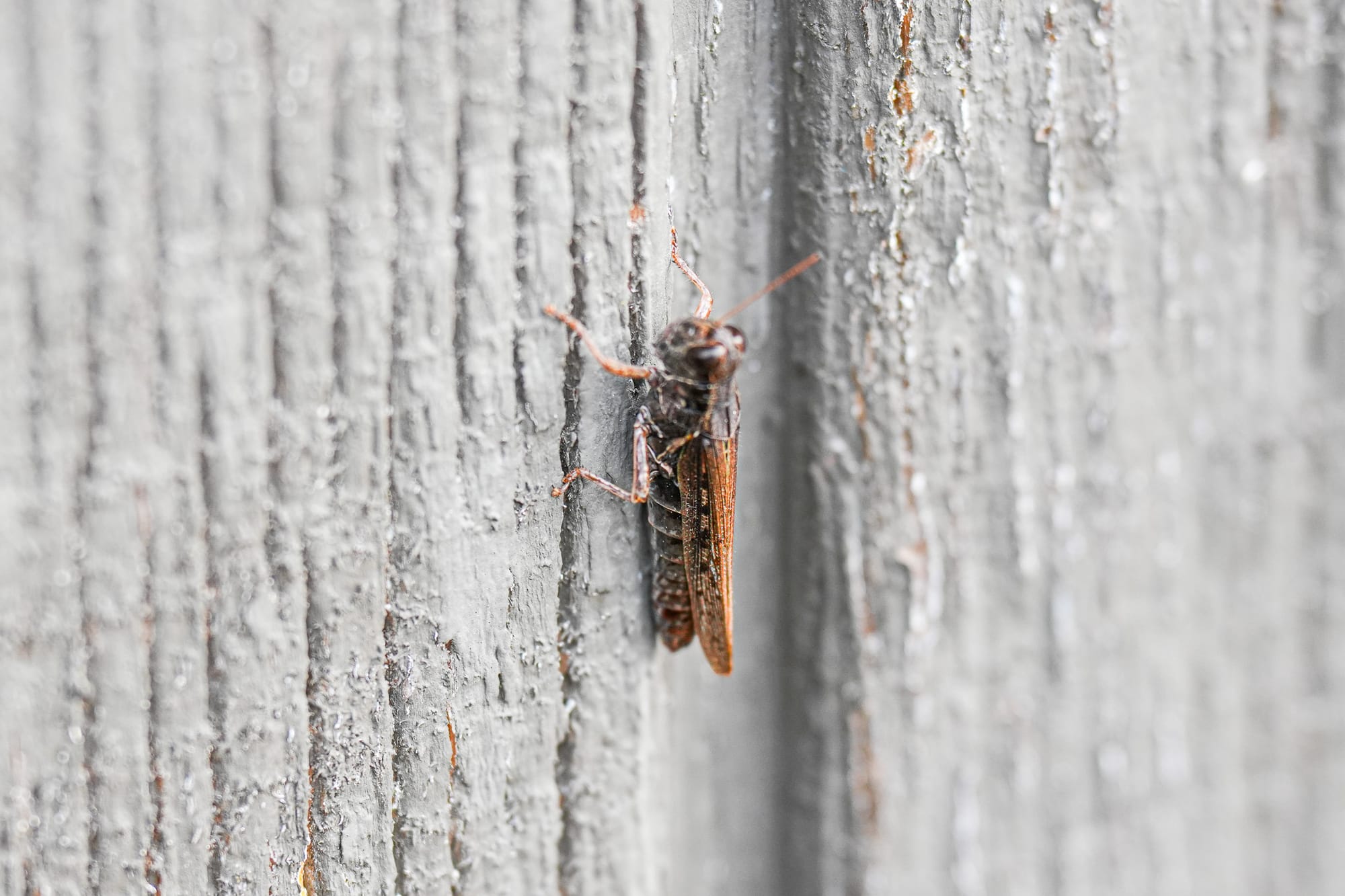
It's even more interesting to keep an eye out for birds because there's still an odd assortment of unusual birds passing through the valley. For instance, on the bright sunny morning of November 5 there were two California gulls, a white-winged scoter, a surf scoter, a horned grebe, an American coot, and a Clark's (?) grebe, along with 26 trumpeter swans and the usual mix of ducks, on Big Twin Lake.
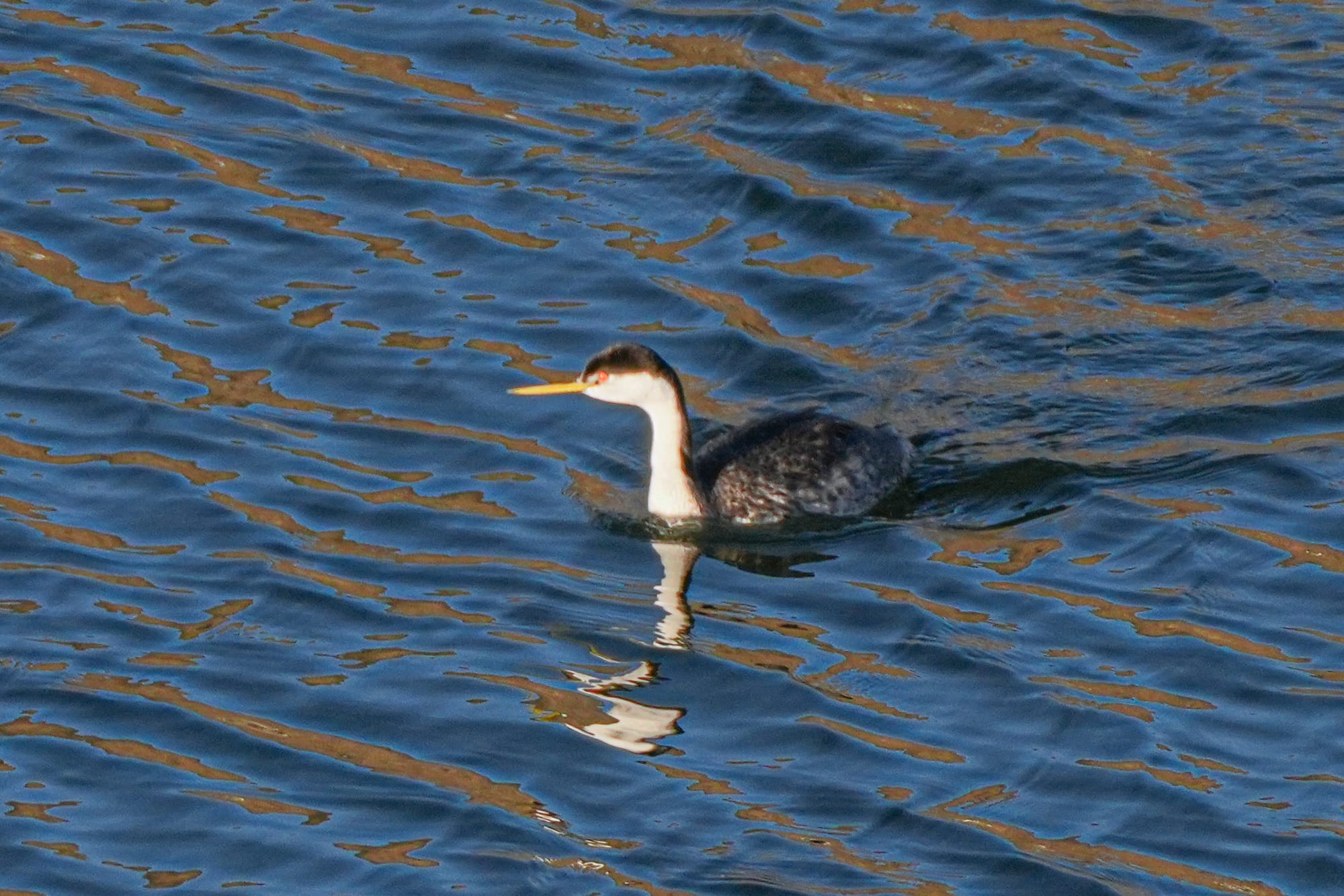
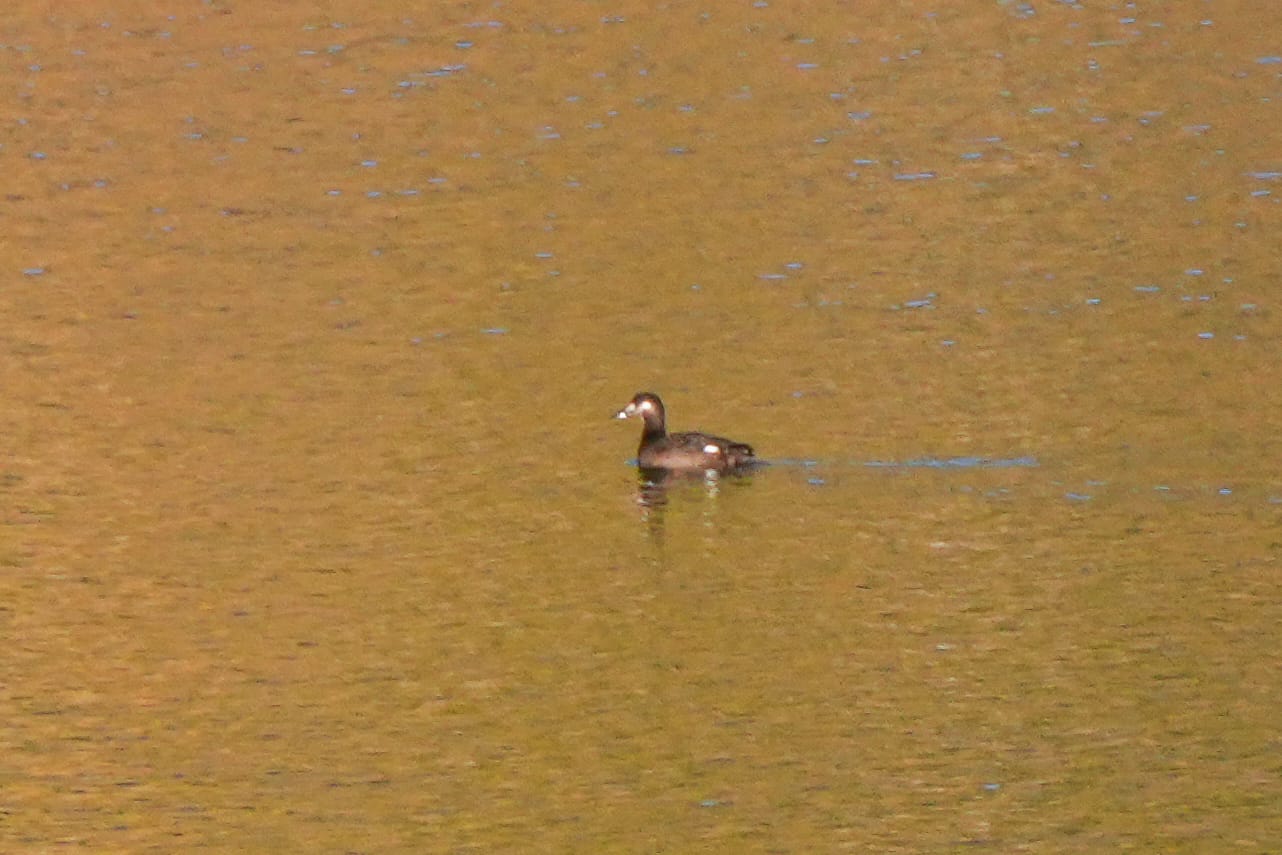
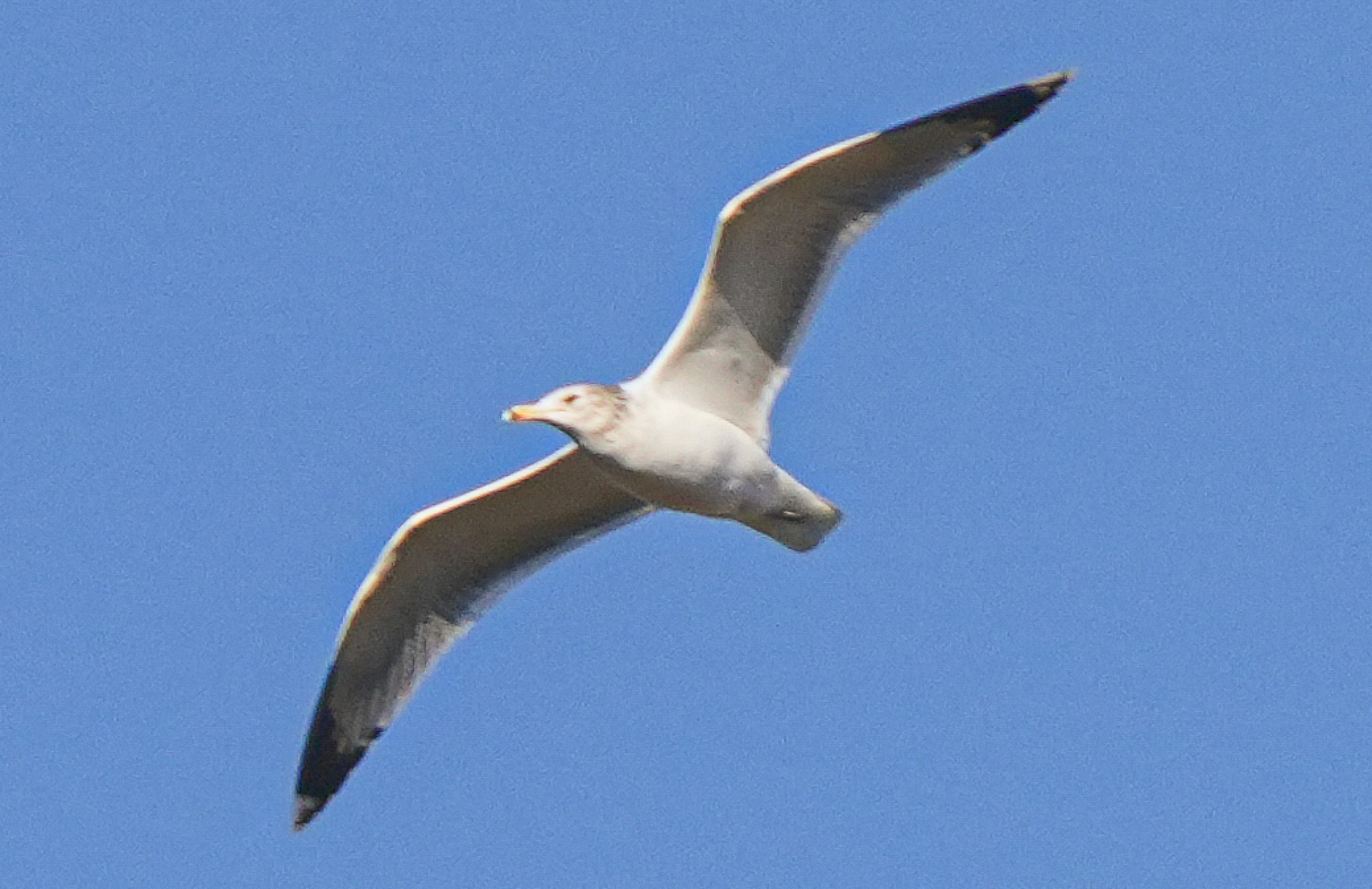
Observation of the Week: Gray-crowned Rosy-Finch
One of the delights of birdwatching is stumbling upon a chance sighting, and this happened to me as I was walking absentmindedly down a quiet Forest Service Road this week and a flock of overlooked birds flashed up off the ground. They were so unexpected, and so unlike any birds I'd seen in years, that for a few moments I didn't know what to think.
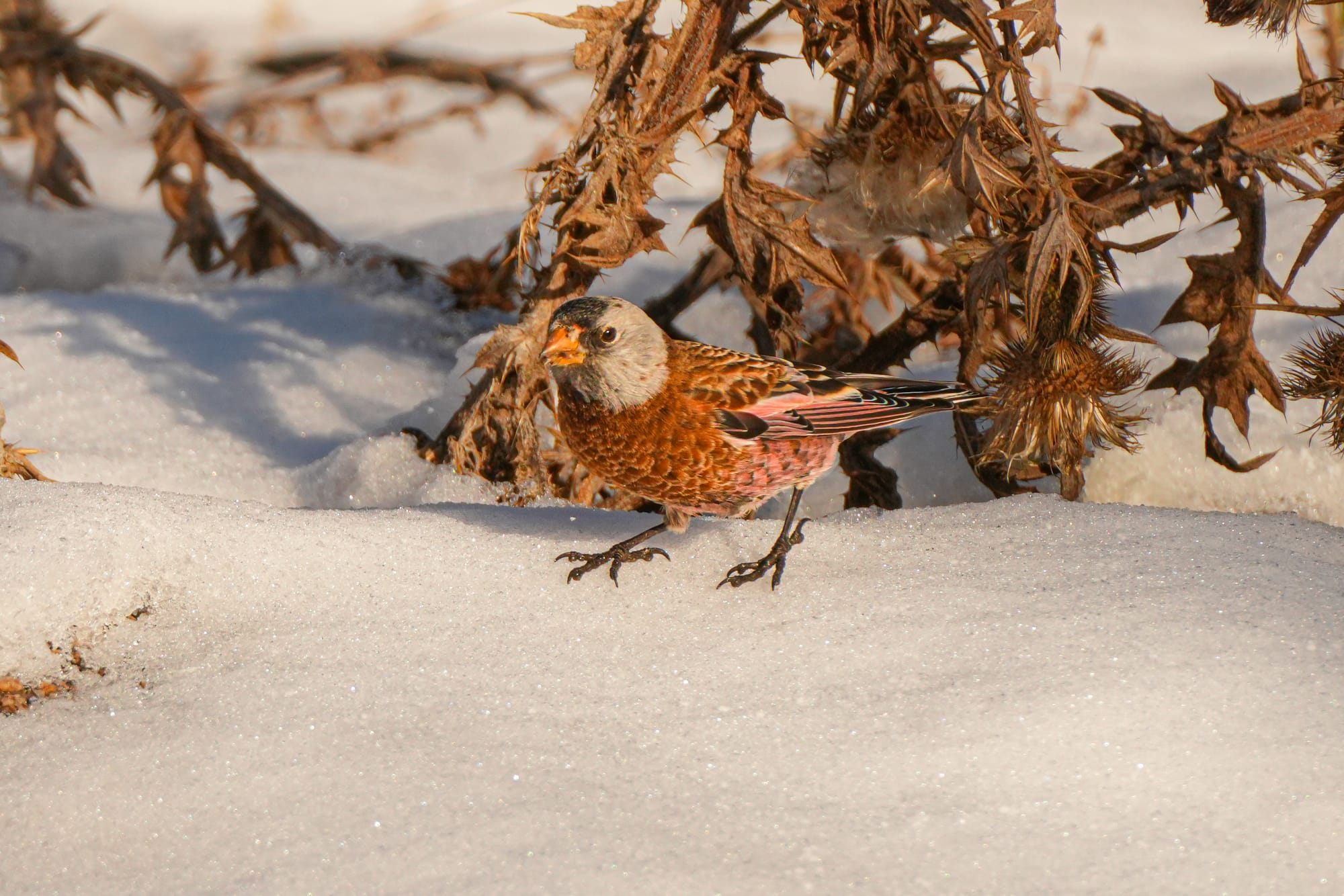
But they turned out to be gray-crowned rosy-finches—a remarkable bird with a remarkable lifestyle. While not rare, rosy-finches are "extreme-environment specialists" that inhabit wild, empty places, so they're rarely seen.
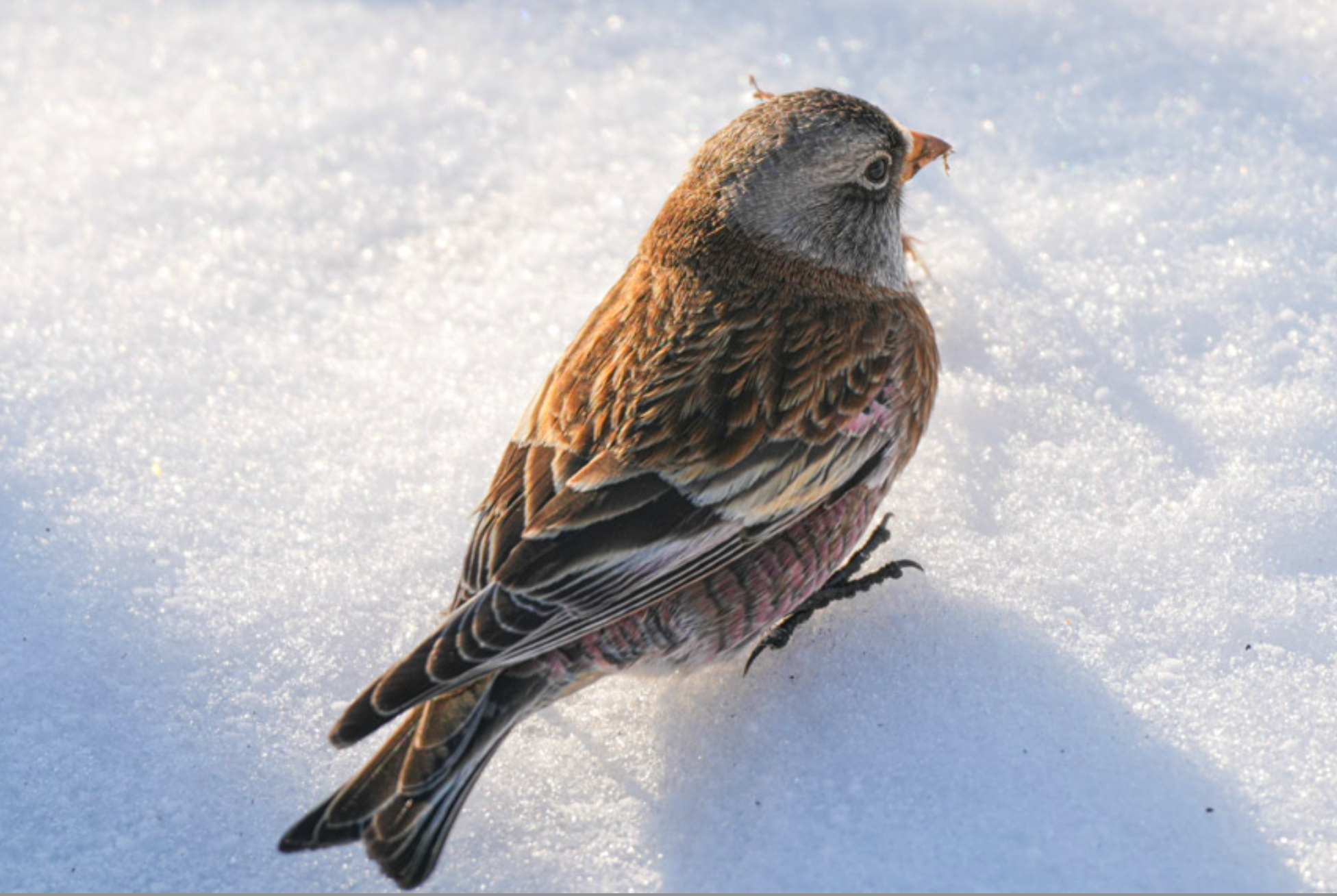
During the summer, rosy-finches nest alongside snowfields, in avalanche chutes, or at the bases of cliffs around the region's highest peaks. In these extreme environments they specialize on eating insects that have been carried upslope on rising air and dropped on patches of snow, where they become too cold to escape.
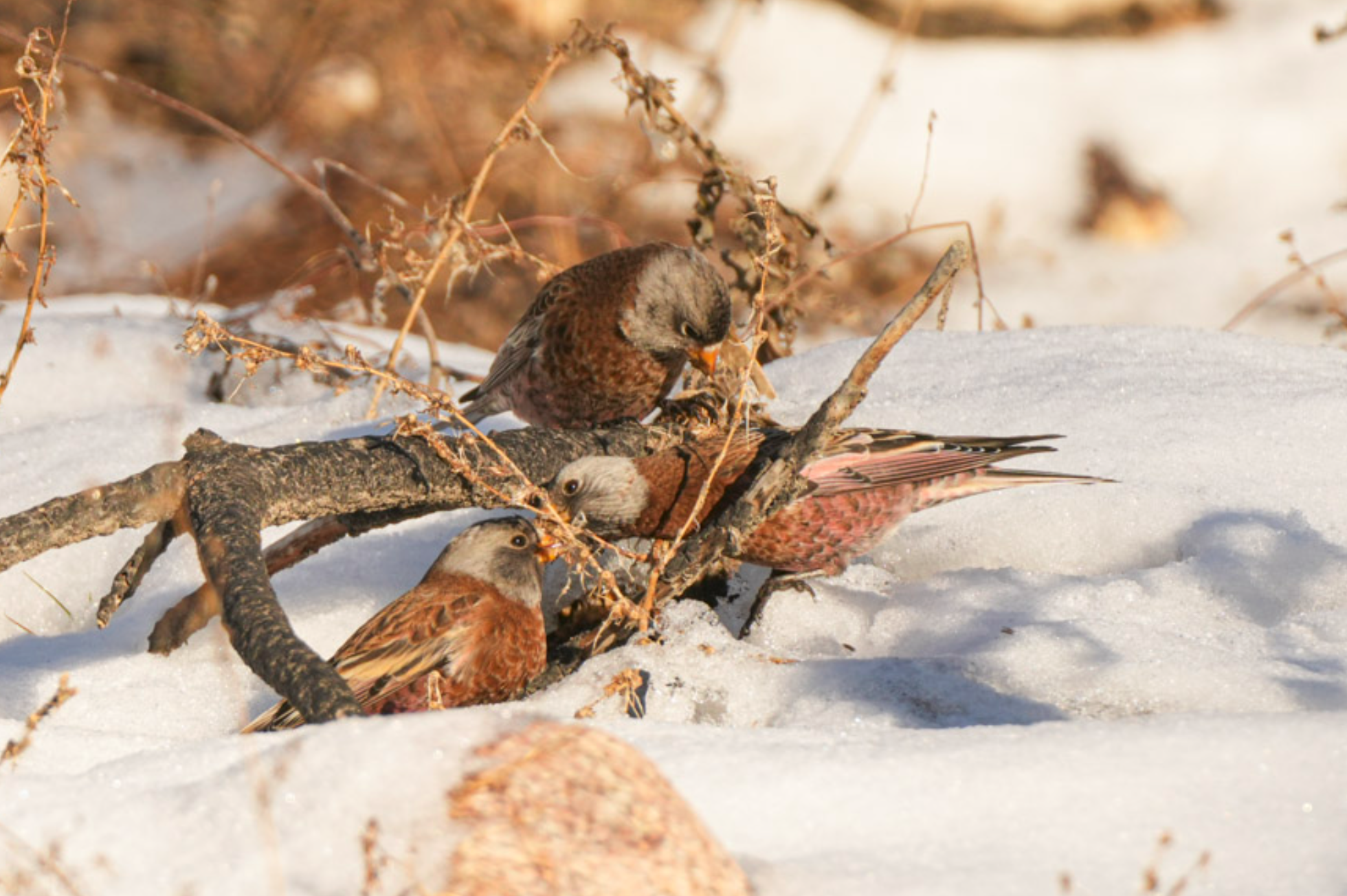
In the winter, rosy-finches gather in loose swirling flocks and move downslope, where they seek patches of bare, open ground in search of fallen seeds. They can be hard to find, but good places to look for them are in weedy fields or on the sides of quiet roads. Keep your eyes open and hopefully you'll see some rosy-finches this winter!
